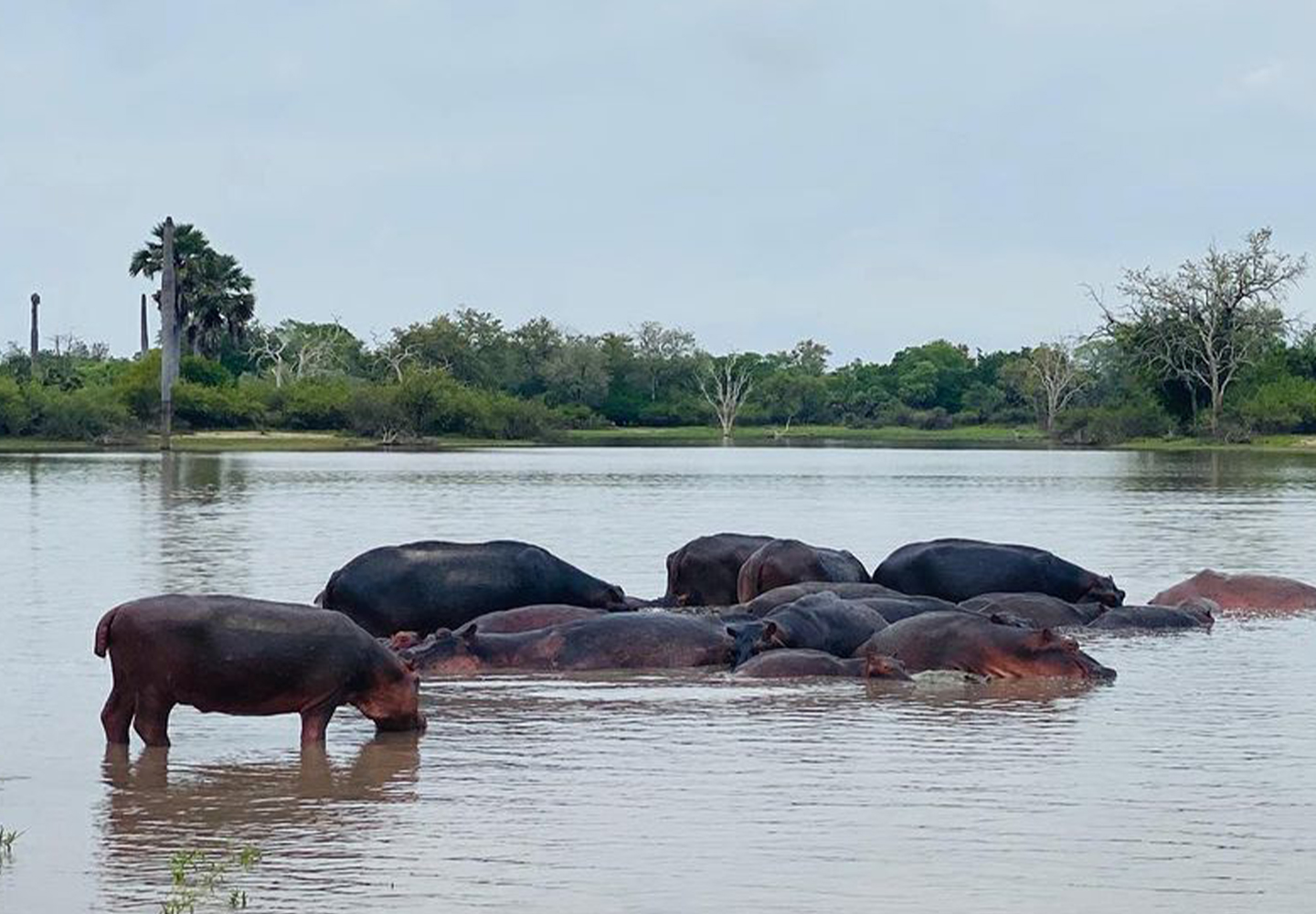Selous Game Reserve
The Selous Game Reserve occupies a 45,000 km2 area of wilderness covered with forests, open woodland, mountains as well as grassy plains making it the largest game reserve in Africa and it is nearly four times the size of the renowned Serengeti National Park and almost threefold the size of Kruger National Park which is located in South Africa. Consequently, Selous Game Reserve is among the three World Heritage Sites in Tanzania.
The northern part of Selous about 30,000 sq km was renamed Nyerere National Park in 2019 to commemorate the first President of Tanzania – Julius Nyerere, and this change in the name was declared by Tanzania’s National Park Authority (TANAPA).
Selous was declared a UNESCO World Heritage Site in 1982, however, the very large River Rufiji, which is made up of an intricate system of swamps, lakes as well as channels which form one of the most exceptional ecological systems found in East Africa is found in the central part of the Selous and divides the reserve into two distinct parts;
The Southern Selous that is located on the southern side of River Rufiji is divided into several hunting blocks, and every single block extends for close to 1,000 sq km, however, please note that Taste of Afrika does not support wildlife hunting or even organize such tours. On the other hand, the northern Selous is entirely reserved for photographic safaris and hunting is strictly prohibited there. Almost all the camping in Selous Game Reserve takes place in the northern Selous.

Wildlife
The incredibly large mammal populations that live in Selous Game Reserve are an affirmation of the claim that it is the most outstanding African wilderness and one o the best destination to enjoy a Tanzania Wildlife Safari.
The lions in the park are about 4,000 in number, buffaloes about 120,000 to 150,000 and the population of hippos is approximately 40,000, (which is likely the biggest numbers in Africa).
Selous Game Reserve is also the home to about 25,000 impala, giraffe, 35,000 zebra, Lichtenstein’s hartebeest, greater kudu, bushbuck, eland as well as the waterbuck. It is in addition among the best wildlife sanctuaries to see the puku antelope, endangered wild dog plus sable in Africa.
It is also a home to large numbers of crocodiles, leopard, spotted hyenas, hippo as well as other members of the big game family. Its alleged that a huge population of the elephants previous lived in the Selous Game Reserve however because of the increase in poaching within the park in previous years there was a great decline in the population of elephants compared to their initial numbers.
History of the Selous Game Reserve
The name Selous is commemorative of Fredrick Courtney Selous an Englishman who settled in the area and used to hunt there since 1871 and lived there for about forty years. He became famous in the region for being an excellent hunter during that time as well as for being a great writer whose most popular book was ‘A Hunter’s Wanderings in Africa’. Fredrick Courtney Selous was the second in command to Cecil John Rhodes during his operation to conquer the current Zimbabwe for the British. He was also infamous for openly disagreeing with the war of England against the Boer Republics of South Africa.
During the beginning of the First World War, Selous who was 60 years at the time was appointed the captain of the 25th Royal Fusilers, earning a Distinguished Service Order (DSO) during 1916. Given his intricate understanding of the bush, Selous spearheaded the hunt of the German guerilla army that governed the southern part of Tanzania. Unfortunately, on New Year’s Day of 1917, Selous was assassinated by a sniper next to the banks of River BehoBeho. He was laid to rest close to BehoBeho Safari Camp. the British colonialists about 5 years after the passing of Fredrick Courtney, decided to integrate numerous nearby game reserves that were south of the river to expand the plains of the conveniently named Selous Game Reserve.
In the 1940s in order to combat the outbreak of the sleeping sickness epidemic, the colonial government forced the people living within its boundaries to exit and that is how the Selous attained its present size.








